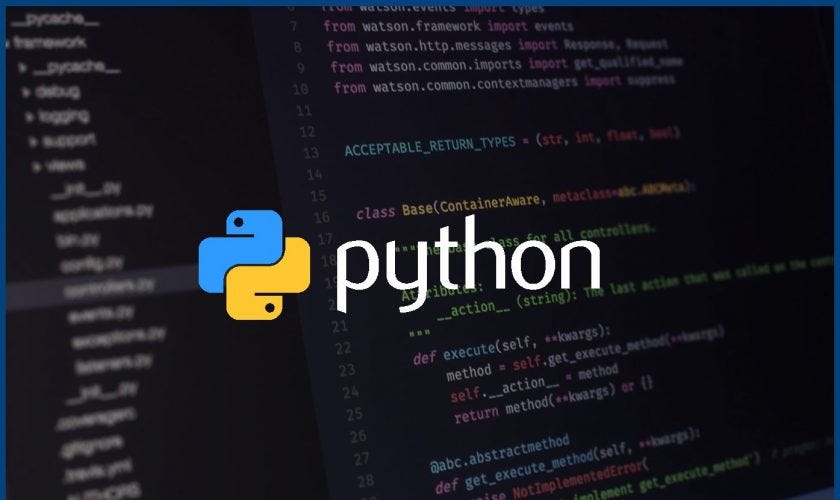Introduction
Python has emerged as one of the most popular programming languages in the world, renowned for its simplicity, versatility, and readability. Whether you're a seasoned developer or a complete beginner, Python offers an accessible and powerful language for various applications, from web development to data analysis and artificial intelligence. In this blog, we will provide an overview of Python programming, exploring its key features, syntax, and applications.
Why Python?
Python's popularity can be attributed to several key factors:
1. Easy to Learn and Read
Python's syntax is clear and straightforward, making it easy for newcomers to understand and write code. Its readability resembles natural language, allowing developers to express ideas concisely.
2. Versatility
Python is a general-purpose programming language, which means it can be used for a wide range of applications. Whether you're building web applications, analyzing data, or automating tasks, Python has got you covered.
3. Large Standard Library
Python comes with an extensive standard library that provides a wealth of pre-built modules and functions. This saves developers time and effort, as they don't need to reinvent the wheel for common tasks.
4. Community and Support
Python boasts a vast and active community of developers, who contribute to its growth and provide support through forums, tutorials, and libraries. This collaborative environment ensures that Python remains up-to-date and relevant in the rapidly evolving tech world.
Getting Started
To start programming in Python, you'll need to install Python on your computer. Visit the official Python website (https://www.python.org) to download the latest version and follow the installation instructions for your operating system.
Basic Syntax
Let's take a brief look at the basic syntax of Python:
1. Printing "Hello, World!"
To print "Hello, World!" on the screen, use the following code:
print("Hello, World!")
2. Variables and Data Types
Python allows you to create variables without specifying their data types explicitly. For example:
name = "John"
age = 25
height = 1.75
3. Control Flow
Python uses indentation to define blocks of code, making it easy to read and understand control flow structures like loops and conditionals. For example:
if age >= 18:
print("You are an adult.")
else:
print("You are a minor.")
4. Functions
Functions in Python allow you to define reusable blocks of code. For example:
def add_numbers(a, b):
return a + b
Applications of Python
Python's versatility lends itself to a wide array of applications:
1. Web Development
Python frameworks like Django and Flask facilitate web development, making it easier to build robust and scalable web applications.
2. Data Science
Python is a leading language for data analysis and manipulation. Libraries like NumPy, Pandas, and Matplotlib provide powerful tools for data scientists.
3. Artificial Intelligence and Machine Learning
Python is widely used in AI and ML projects. Libraries like TensorFlow and PyTorch enable developers to build and train complex machine learning models.
4. Automation and Scripting
Python's simplicity and ease of use make it an ideal choice for automating repetitive tasks and scripting.
Conclusion
Python is a versatile and powerful programming language that has captured the hearts of developers worldwide. With its clear syntax, extensive library, and active community, Python continues to thrive in various fields, from web development to data science and beyond. Whether you're a beginner or a seasoned coder, Python offers a welcoming and rewarding journey into the world of programming.

